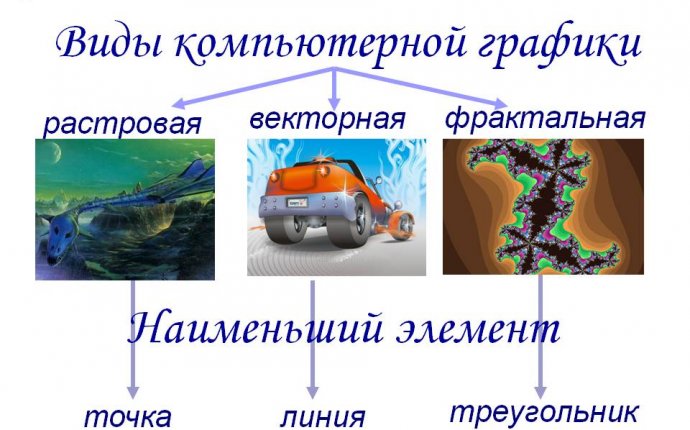
Computer Graphs Are Short
Know
• The history of the development of programme tools for graphic work;
• Areas of application of computer graphics;
∙ Classification of computer graphics, graphical reporting types;
• The main types of graphic descriptions, their merits and shortcomings;
To learn
• To be understood in graphic formats;
• Indicate and make optimal use of different digital schedules;
:: Apply the knowledge gained to develop graphic programmes;
♪
• The necessary terminology;
• The information used in digital image practice.
The notion and history of computer graphics
Computer schedule (machine, digital schedule) is an area where computers are used as a tool to create images and to process visual information from the real world. The results of these activities are also referred to as a computer schedule.
Computer history. The first computing machines did not have special facilities for graphic work, but were already used to produce and process images. In grammarizing the memory of the first electronic machines based on the lamp matrix, it was possible to obtain an earmark.
In 1961, programmer S. Russell led a project to create a first computer game with a schedule. Spacewar was created by PDP-1.
In 1963, an American scientist, Ivan Satherland, created a software package Sketchpadwhich allowed the drawing of the points, lines and circumferences on the pipe to be digital per (light feather (angl). light rev() One of the tools for entering graphic data into the computer, the variety of manipulators. Main actions with primitives - displacement, copying, etc. were supported. In fact, it was the first vector editor on the computer. The programme could also be called the first graphical interface, and it was so before the term itself appeared.
In the mid 1960s, computer graphics were developed in industrial applications. Okay, under the supervision of T. Mofett and N. Taylor, the firm Itek developed a digital electronic drawing machine. In 1964, General Motors submitted an automated design system DAC-1 developed jointly with IBM.
In 1964, by cluster II. II. A computer mathematical model was created. ♪ ♪









